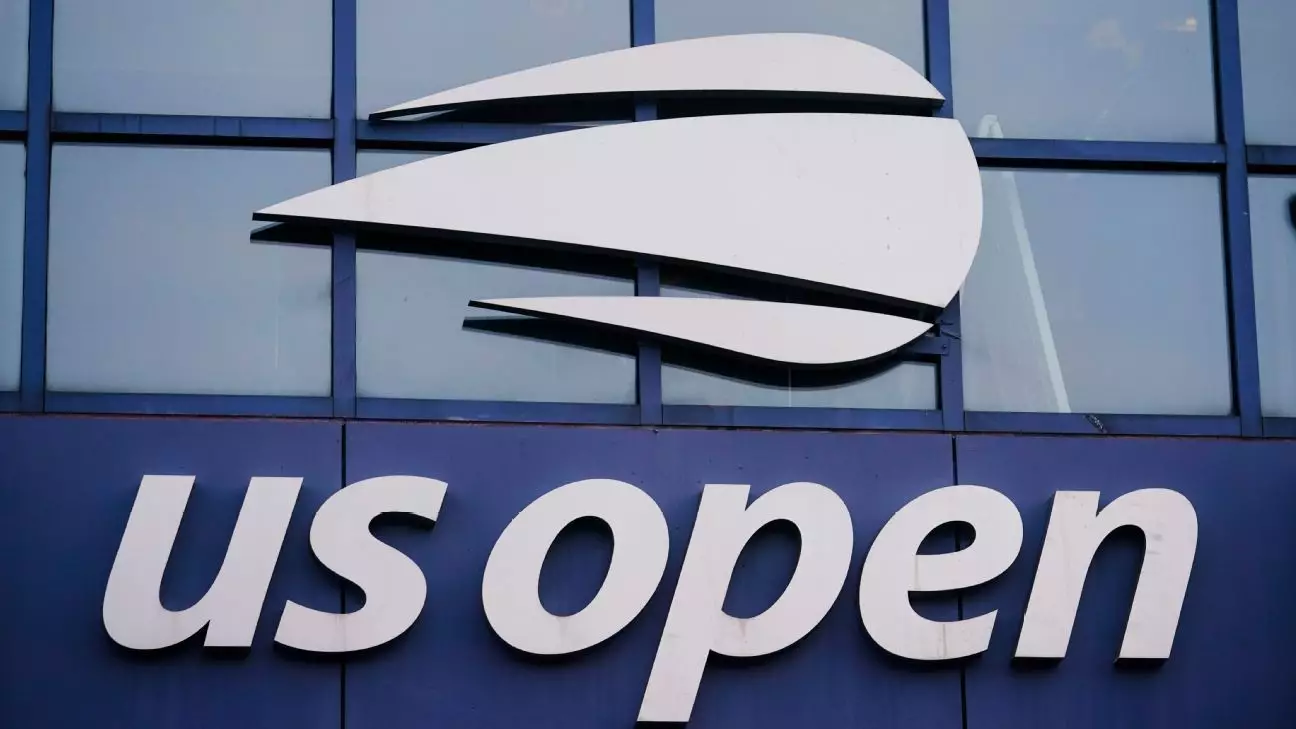The US Open is changing the landscape of tennis with its innovative approach toward the mixed doubles championships. By rescheduling this exciting event to take place before the singles matches commence, the tournament aims to captivate a broader audience, draw in top players, and ultimately revitalize the interest in doubles competition. Set against the backdrop of the prestigious Grand Slam event, this new format promises to enhance the excitement of the sport and potentially reshape its viewing demographics.
One of the primary objectives behind this strategic shift is to attract elite players who typically opt-out of doubles to conserve their energy for singles competitions. Lew Sherr, executive director and CEO of the U.S. Tennis Association, articulated the tournament’s vision: “The biggest names in tennis participating in doubles can catalyze a substantial growth in the sport’s fan base around the world.” This ambitious strategy hinges on the allure of a $1 million prize pool, a substantial increase from previous editions, which serves to legitimize the mixed doubles event beyond mere exhibition matches.
The exciting prospect of mixed doubles will showcase players forming unique partnerships, seeing them in a new light that could perhaps deepen their connection with fans. The social dynamics of teaming up brings a fresh thrill that could ensnare both loyal viewers and newcomers alike.
A New Format for Engagement
The revamped format, featuring 16 competing teams spread over just two days on August 19 and 20, mirrors some of the fast-paced dynamics popularized in sports like tennis and basketball. The matches will be structured into shorter, best-of-three sets, with a twist: games will be played to just four points, and a unique deuce rule will add a layer of suspense. Notably, the final will still retain the classic feel of a Grand Slam, ensuring the competition maintains its integrity.
What remains to be seen is whether this blend of brevity and competitiveness will yield the desired excitement. Sherr believes strongly that adjusting the format could spur greater participation from singles stars, expanding their opportunities for success.
This transition is not entirely untested. The excitement generated by a “Mixed Madness” event held last year laid a solid foundation for this new mixed doubles initiative. Featuring renowned singles competitors like Coco Gauff and Naomi Osaka, the event illustrated a thirst for competitive doubles that had long been overlooked. The intensity displayed by the athletes debunked any assumptions that doubles might be lesser or insignificant, proving that even under new rules, the passion and drive to win were unmistakably present.
The prior event had offered a modest $500,000 prize but captured significant attention—foreshadowing what this year’s major change could bring. With an expanded prize purse, Sherr posits that the allure of a legitimate Grand Slam title will draw those foreign to the doubles arena into its fold.
While excitement swells around the newfound opportunity for top players, there lies some contention in the untouched realms of traditional doubles specialists. With fewer spots available in the tournament, some of these dedicated players face lost opportunities and diminished revenues. However, Sherr proposes a dual-benefit solution that shifts funding from the mixed doubles event to bolster the prize pool for men’s and women’s doubles positions later in the tournament.
The decision aims to bridge gaps and maintain a robust competition, even as the new format takes the spotlight. It raises the question: will the surge in popularity for mixed doubles elevate the status of men’s and women’s doubles, or will it overshadow them?
The excitement swirling around the US Open’s mixed doubles championship reflects a pivotal moment in tennis, where adaptability and innovation are vital to growth. As the tournament prepares to kick off with this fresh format, it will serve as a bellwether for the future of doubles tournaments, not only in America but globally. With players taking on new roles, thrilling competition is expected, and fervent fan engagement is anticipated.
Ultimately, the success of this endeavor will depend on the reception from players and audiences alike. If the strategy works as intended, it could redefine tennis’s mixed doubles scene, creating a legacy for future generations while enriching the sport’s overall narrative.


Leave a Reply